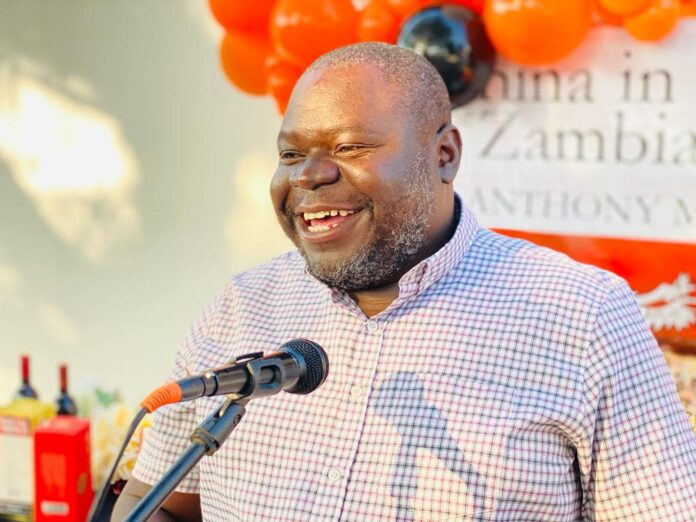Brief facts about the debt restructure
By Dr Lubinda Haabazoka
– 2019-2020: Zambia faced challenges in repaying its debts, including its international dollar-denominated government bonds known as “Eurobonds”.
– May 2020: Zambian President Edgar Lungu’s government hires French firm Lazard to advise on restructuring the cash-strapped southern African nation’s foreign debts, then officially said to be $11 billion.
– June 2020: The country requests to have its debt payments frozen under the G20-led Debt Service Suspension Initiative (DSSI), which was established in response to pandemic.
– November 2020: Zambia misses a $42.5 million payment on one of its international bonds, making it Africa’s first pandemic-era sovereign default.
– February 2021: Lungu’s government requests a debt restructuring under the G20’s Common Framework, a process also set up in response to the pandemic.
– August 2021: Opposition leader Hakainde Hichilema secures a victory in a presidential election.
– June 2022: Governments that have lent to Zambia form an “official sector” creditor committee (OCC) to formally start restructuring their loans to the country.
– July 2022: Zambia’s OCC, co-chaired by China and France, commit to granting the country debt relief, paving the way for the International Monetary Fund to approve a $1.3 billion, three-year rescue loan.
– June 2023: The OCC agrees to restructure its combined $6.3 billion worth of loans to Zambia.
– Just over $4 billion of that money is owed to the Export-Import Bank of China, underlining the importance of Beijing’s support for the deal.
October 2023: The government reaches an “agreement in principle” with a group of international investment and pension funds that hold $3 billion worth of its sovereign bonds that it had sold on the global capital markets.
The deal proposes consolidating that debt into two bonds with easier terms and longer payment deadlines, but also additional faster payments if the country’s economy does well.
– November 2023: The deal suffers a major blow after the government says that its bilateral “OCC” creditors had vetoed a revised deal with its bondholders on the grounds that it still does not provide enough debt relief.
Angry bondholders say the OCC is demanding debt relief from them that is materially higher than either Zambia’s government or the IMF deem necessary.
January 2024: Zambian officials travel to China for debt talks with its Chinese creditors, including the Export-Import Bank of China and commercial banks.
-February 2024: Zambia’s President says India and China have signed restructuring agreements, the last two of its bilateral creditors to do so.
March 2024: The government starts formal talks again with the international bondholder group on a new debt rework proposal.
The New Proposal agreed
– Government to issue two new bonds – Bond A and Bond B to replace the three old Eurobonds. Bond A has a higher interest rate than the other three bonds. Bond B has a lower interest rate but should Zambia’s economy improve, rates can increase and payments escalated.
In a layman’s language the Eurobonds are still there because we have consolidated them with two new ones. This is to ensure resumption of debt service.
Going forward Zambia resumes to pay its debt beginning with over $180m mid year on Eurobonds alone.
– This is not a debt cancellation
– There is no reduction in the Eurobond debt. Capital markets never lose out! This is what I said even in 2012 when there is excitement over the bond issue.
– Lazard the company engaged in 2020 is still spearheading the debt restructuring process!!!!
The best option was to refinance the Eurobond by getting a bilateral loan from any partner under concessional terms or the IMF itself since it is championing this. The IMF should have exchanged the eurobond principle with its loan. $1.2bn they gave is a drop in the ocean especially taking into account the conditions they gave.
But all in all this is a step in the right direction as we can’t have a deadlock forever.
Way forward
– We expect fiscal stress as we resume to service our debt. during the last 4 years we have not been servicing external debt, we did nit have a deliberate sinking fund to set aside resources to prepare us for this. we also increased public expenditure by employing more civil servants. This will be felt when we resume debt service because by 2020 there was little fiscal space already.
– Going forward, we need to seriously work on the bottlenecks and impediments that are preventing economic development. A new radical serious approach aimed at Zambianising the GDP should be implemented if we are to be competitive as a country!
Credit Reuters for the timeline

Fair comment Mr Habazoka